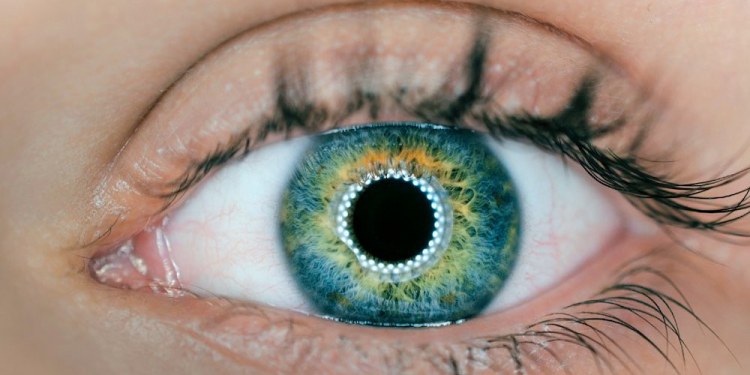With the rise of digital transactions and identity verification processes, the need for enhanced security measures has never been more critical. One such technology making waves in the industry is liveness detection. This innovative approach has significantly augmented the ways businesses and organizations secure their systems against potential threats. But what exactly is liveness detection, and why is it so crucial in today’s tech-driven world?
What is Liveness Detection?
Liveness detection is a sophisticated biometric technology designed to determine whether the biometric data being captured is from a live person as opposed to a photograph or a video. This technology is essential for preventing fraud and spoofing attempts that can sometimes fool conventional biometric systems. By using various advanced techniques, liveness detection can differentiate between a natural person and a presentation attack, ensuring that the biometric data is genuine.
How Liveness Detection Works
Liveness detection involves two types of methods: active and passive. Active techniques involve user interaction, such as blinking, smiling, or turning their head, to verify their presence and authenticity. These methods are highly effective due to their unpredictable nature and cannot be easily replicated by fraudsters. Passive techniques, on the other hand, do not require user interaction, and advanced technologies like 3D imaging, infrared scanning, or blood flow analysis can be used to confirm an individual’s liveliness. These methods are particularly beneficial in user-centric applications where convenience and ease of use are paramount.
Applications of Liveness Detection
Liveness detection is a technology that enhances security and prevents fraud across various industries, including banking and healthcare. It is used by financial institutions to secure online transactions and prevent identity theft, particularly in the banking sector, which has become a target for fraudsters due to increased online activities. Liveness detection helps secure client information, ensure a safe banking experience, and protect reputation and customer trust. In the healthcare sector, liveness detection ensures the protection of patient data and health records by verifying the identities of those accessing records, maintaining data integrity, and preventing unauthorized access. With the digitization of healthcare systems, the need for robust security measures like liveness detection has become even more critical.
Real-World Example
Consider the banking sector. With the increase in online banking activities, it has become a common target for fraudsters. Implementing liveness detection can significantly reduce such fraudulent activities. Financial institutions that implemented liveness detection saw a considerable decrease in identity-related fraud. This real-world example highlights the effectiveness of liveness detection in enhancing security and preventing fraud in sensitive applications.
The Benefits of Liveness Detection
- Enhanced Security: By ensuring that the biometric data is from a live person, liveness detection adds an extra layer of security. This helps in protecting systems from various forms of identity fraud and unauthorized access.
- User Convenience: Passive techniques, in particular, provide a seamless user experience, requiring no interaction from the user. This aspect significantly enhances user satisfaction, as individuals can undergo biometric verification without performing any cumbersome actions.
- Fraud Prevention: Liveness detection helps safeguard against a wide array of fraudulent activities, making the technology indispensable in high-security sectors. By distinguishing between live and fake biometric data, it reduces the risk of spoofing attacks and identity theft.
Market Trends
The global demand for secure identity verification methods is driving the adoption of liveness detection. As stated by Biometric Update, the liveness detection market is expected to grow exponentially in the coming years. This growth is fueled by the increasing need for secure online transactions and the rising prevalence of biometric authentication methods across various industries. As more organizations recognize the benefits of liveness detection, its implementation is set to become more widespread, further enhancing security measures worldwide.
Conclusion
Liveness detection is not just a trend but a necessity in today’s security landscape. Its ability to prevent fraud while offering a seamless user experience makes it indispensable across various industries. As the technology evolves, its implementation will undoubtedly become more widespread, further enhancing security measures across the board. By incorporating liveness detection into their security protocols, organizations can safeguard sensitive information, secure transactions, and maintain customer trust in an increasingly digital world.

































Discussion about this post